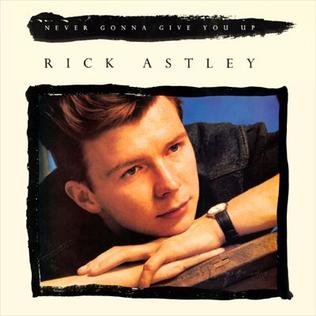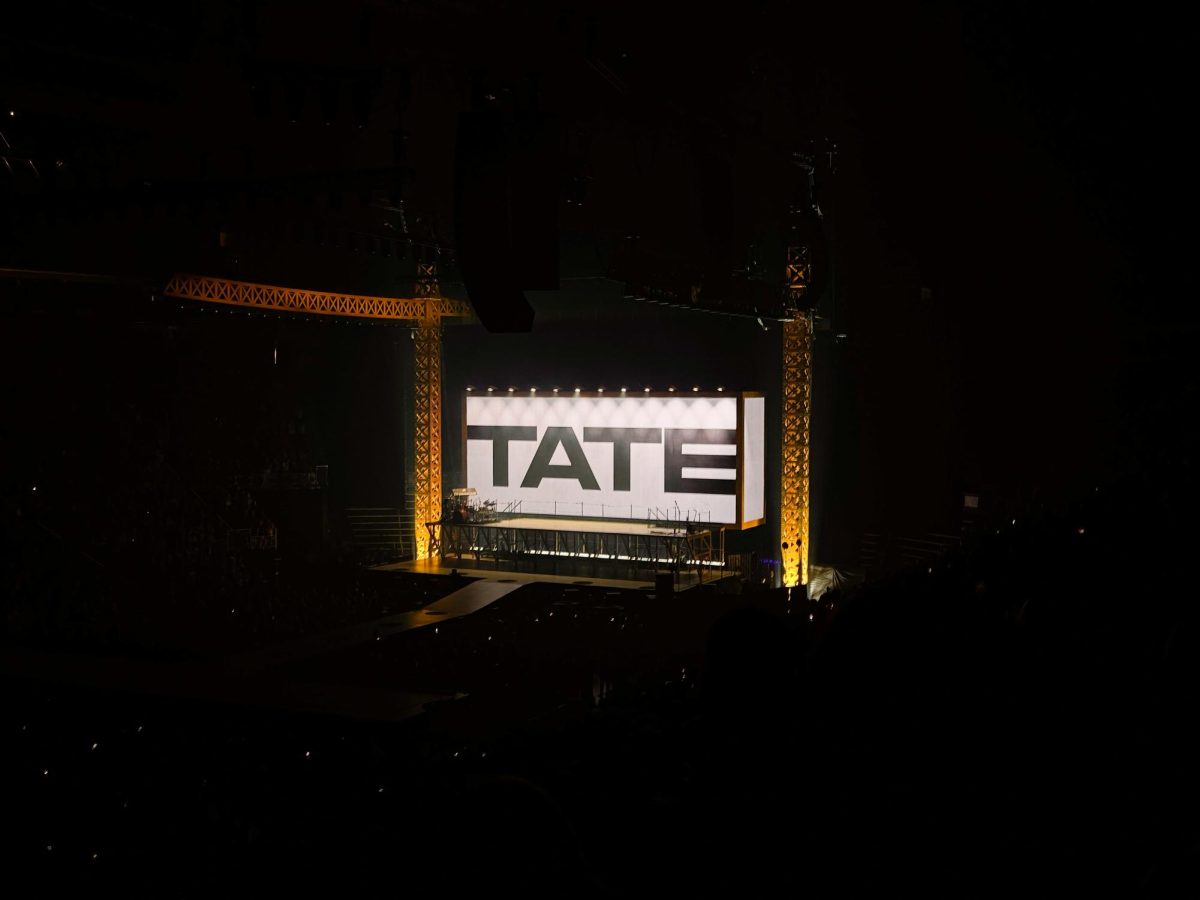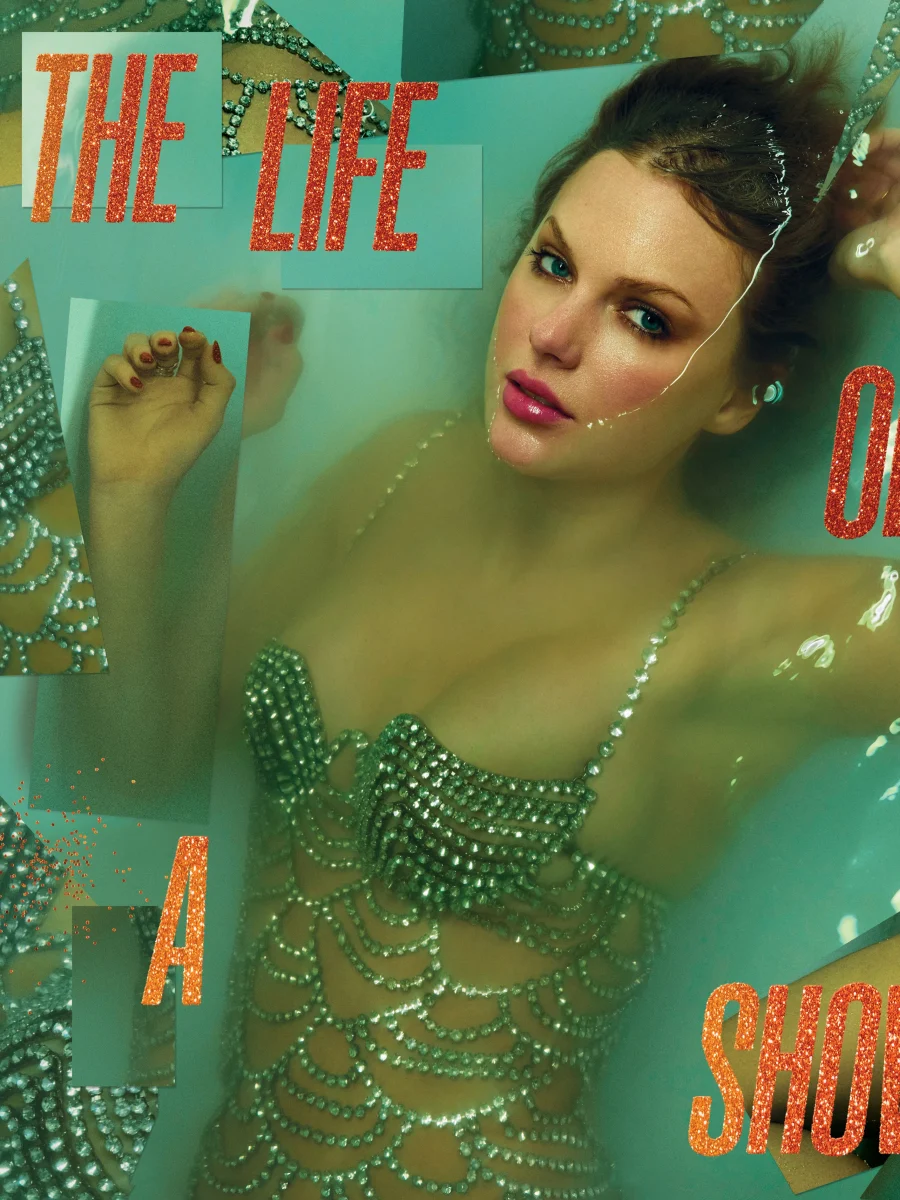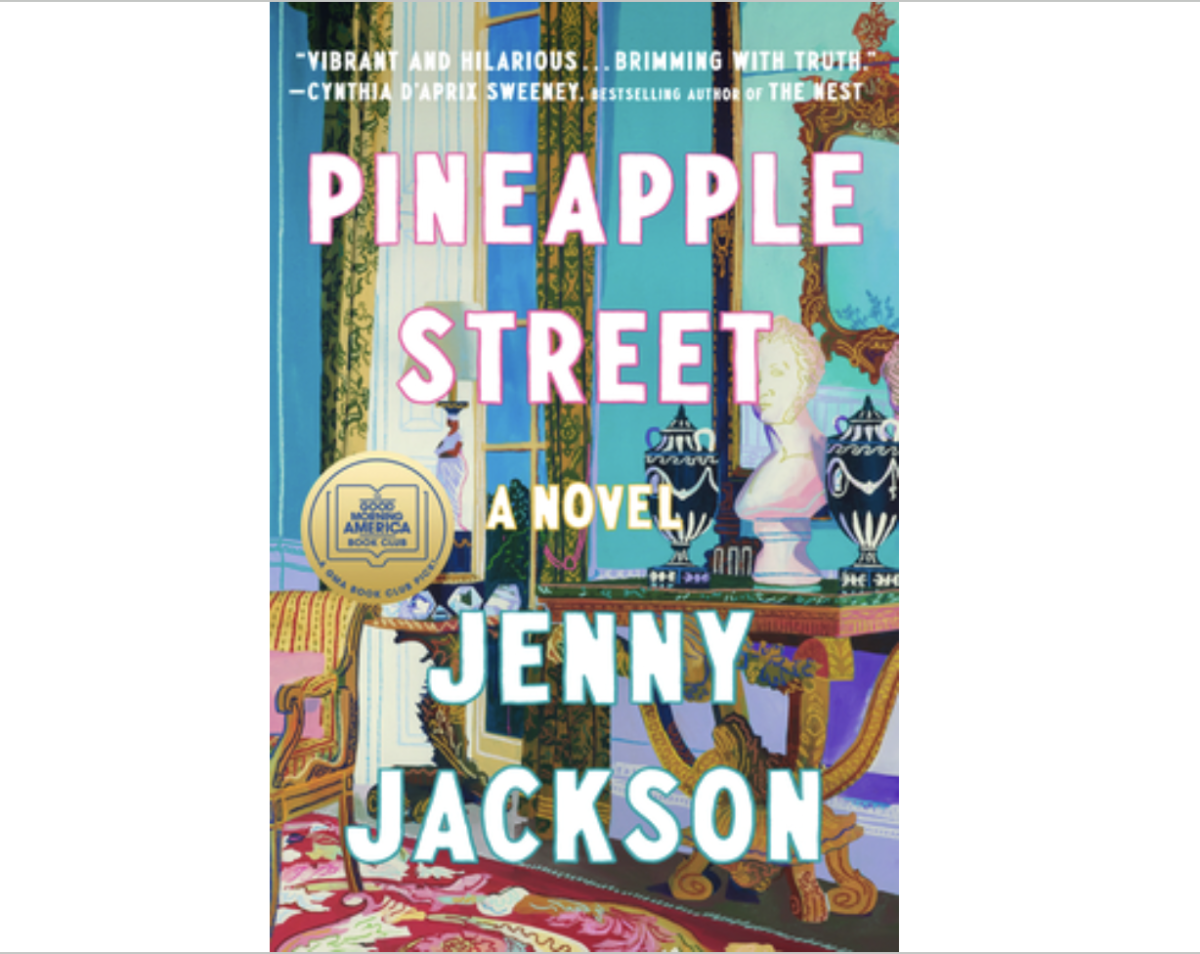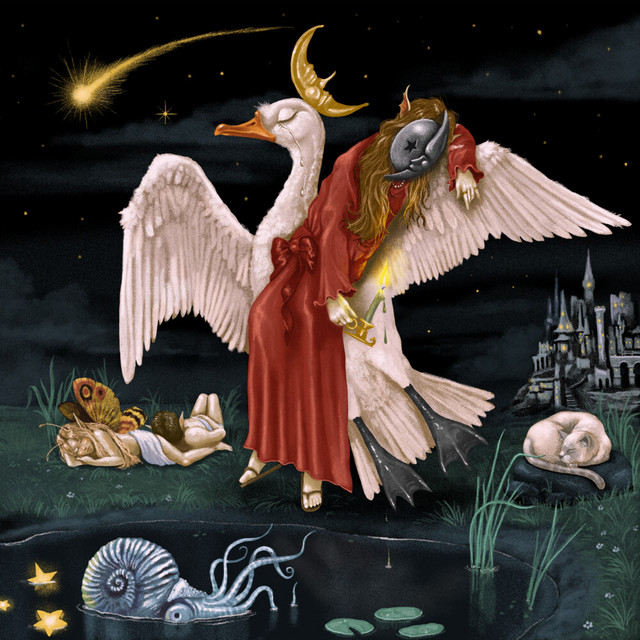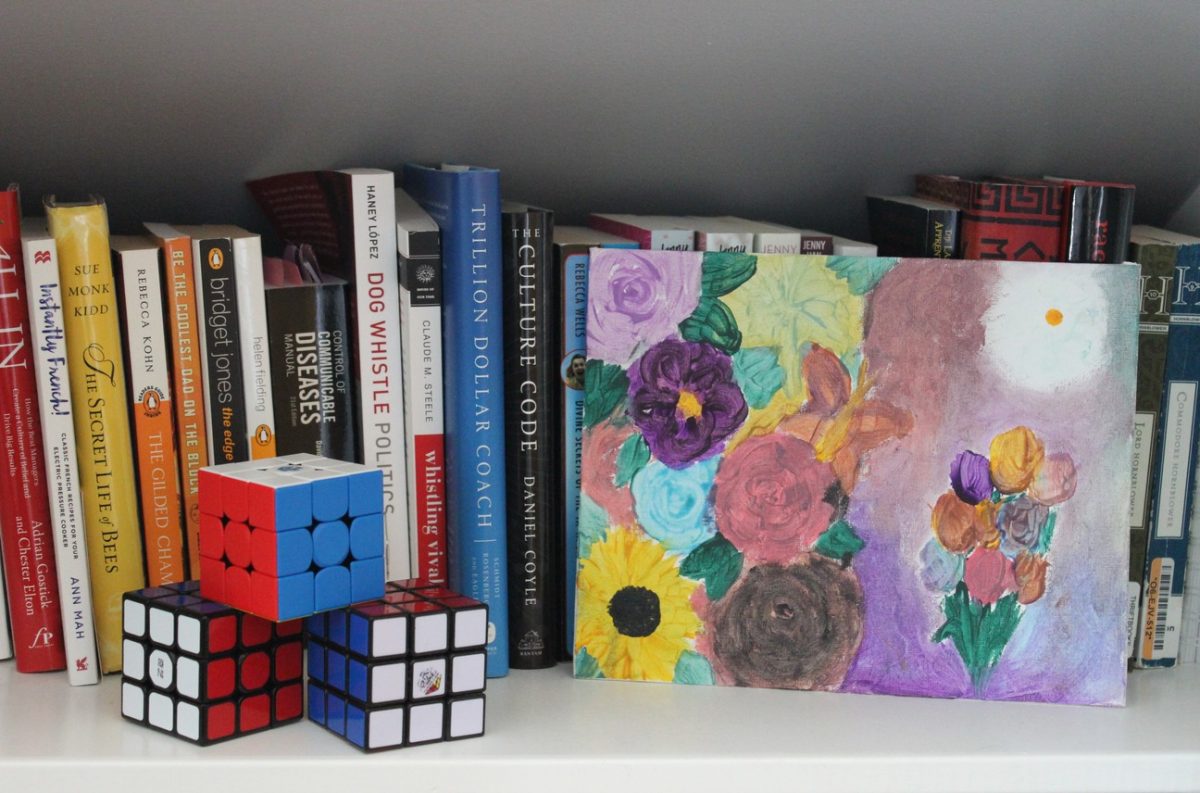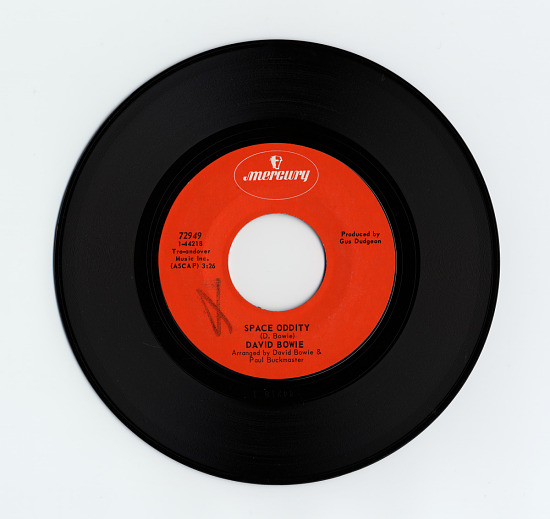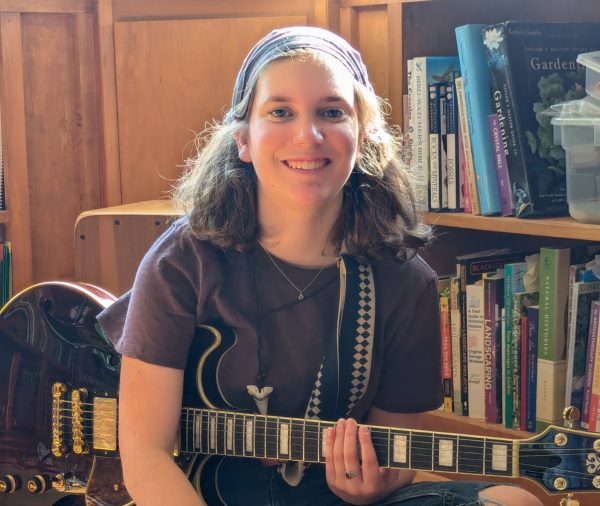TikToker Doggface cruises through the streets of Idaho Falls, Idaho, riding a longboard and drinking Ocean Spray cran-raspberry juice. His clip, posted in 2020, went viral, and featured the 1977 song “Dreams” by Fleetwood Mac. After the video was posted, the song experienced a jump in popularity, re-entering the Billboard Hot 100 and increasing 314% in Spotify streams. It also inspired the “Dreams Challenge” (drinking Ocean Spray juice on a skateboard while singing “Dreams”); even Mick Fleetwood of Fleetwood Mac joined TikTok to recreate the video.
Social media platforms such as TikTok and Snapchat are especially popular among adults ages 18-29, while songs such as “Dreams” were released several decades ago. So, many social media users today weren’t around when ‘classic’ songs were first put out. This means that we, as newer listeners, get to reinterpret songs without the context that hearing these songs when they were new would have provided.
Of course, this can lead to songs being used in unintended ways. Case in point: “Never Gonna Give You Up”, the 1987 single by Rick Astley. The song sparked the Internet prank of ‘rickrolling’ in the late 2000’s, where users disguise a link to the song as a link to something else, or otherwise trick people into unintentionally hearing the song. Though Rick Astley said in an interview with Anthony Mason of CBS Mornings “I’m grateful for it [the meme], and I’ve learned to roll with it,” it’s hard to imagine he saw it coming. After all, the word ‘viral’ didn’t mean much in 1987 besides ‘having to do with viruses’.
This song is only one instance of older music striking a new chord (pun intended) with younger audiences. Many songs have become more popular after being featured in TV shows or movies, such as “Murder on the Dancefloor” by Sophie Ellis-Bextor (though I prefer the cover by Royel Otis), and Mazzy Star’s “Fade Into You,” which was named the most overused song in film and television by Vulture.
Another example of this phenomenon is a little closer to home – namely, The Killers’ song “Mr. Brightside,” which is played often at U of M home games. While the song isn’t particularly relevant to football, instead telling the story of a guy who believes his girlfriend is cheating on him, Michigan fans still take it upon themselves to sing the song at the end of every third quarter.
So why is it that older songs continue to reappear long after they’re recorded? CHS counselor Brian Williams, a musician himself, has some theories.
“I think some of it is the culture of our media,” Williams said. “These songs are getting added to video games or movies and all of a sudden, [even though] the pull in this song has been gone for a long time, now it can be a big hit because it comes up in a movie, or even [a] commercial.”
Williams also mentioned younger artists covering older songs, saying that it often helps to make those songs well-known again.
“There’s artists, like popular artists, that will start covering these songs and kind of pull up these rare tunes that were big back in the day,” Williams said. “And then that gets people involved.”
“Fast Car” by Tracy Chapman is one such song. Released first in 1988 as a single, it appeared in Chapman’s debut album, and reached number six on the Billboard Hot 100. More recently in 2023, it was covered by country artist Luke Combs. Combs’ cover reached number one on Billboard Hot Country Songs; he and Chapman performed the song together at the 2024 Grammys.
Given that many of today’s pop musicians are on the younger side, it’s encouraging to see attention paid to the artists whose work paved the way for modern pop. It also makes you wonder which recent songs might be rediscovered 20 or 50 years in the future – will the hits of today stand the test of time?
Williams feels that older songs becoming popular is, in a way, a cycle, and that new generations will continue to discover older songs.
“One thing that’s really cool about music [is that] it never really goes away,” Williams said. “It’s a testament to how music is. Art, written art, or drawn or painted art, that stuff just hangs up in museums forever. But music, there’s so much of it, and it’s so accessible… I’m glad that people are enjoying [older songs] again.”



